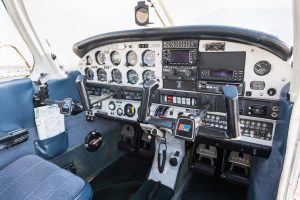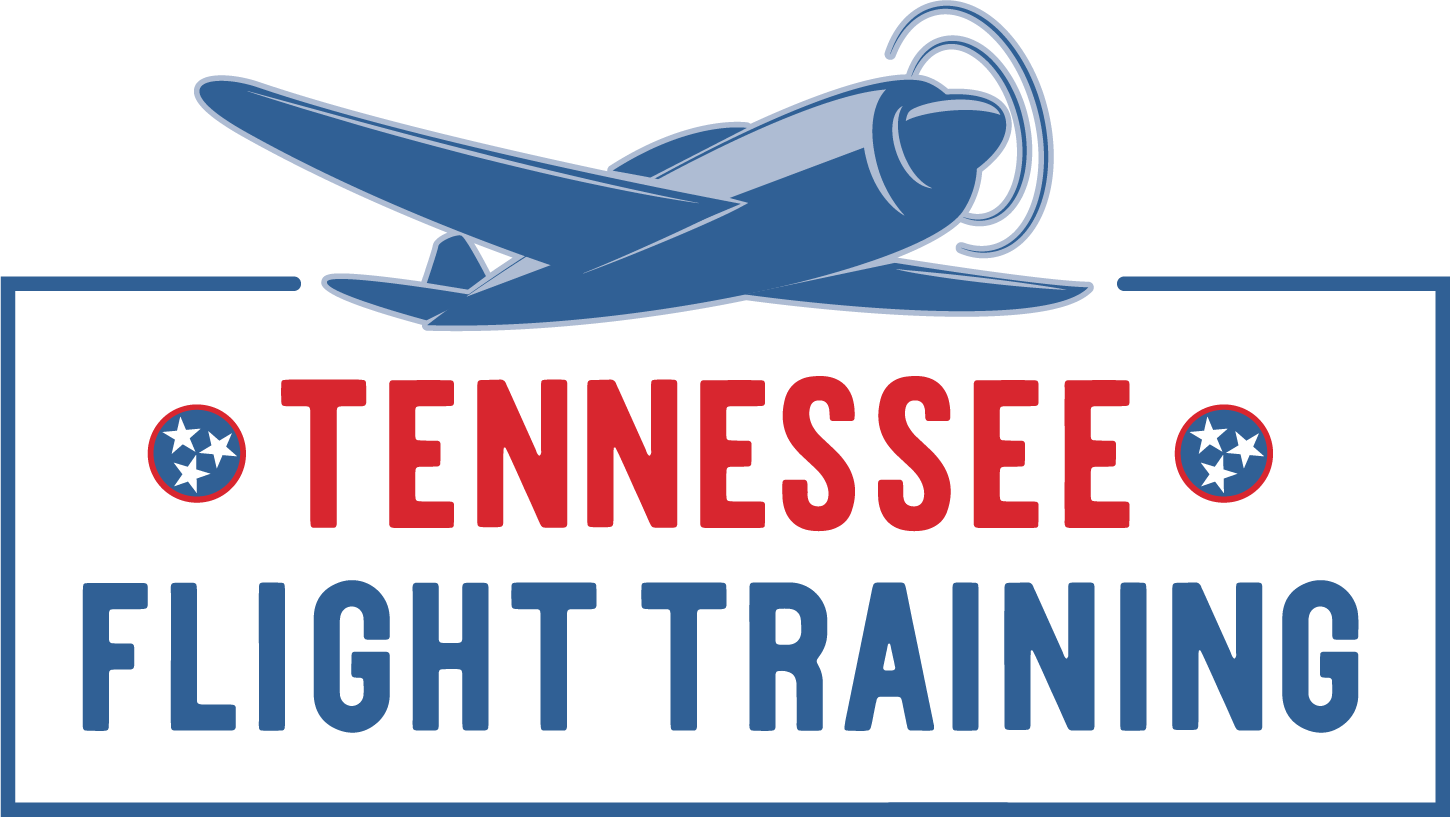IFR Training
 A good question to ask yourself before you start instrument training is, why do you want this rating? The answers can usually be grouped into three areas. One common answer is that it’s a good thing to have in your pocket just in case you need it. Next is that it’s just another important step to a career in aviation. The third reason is that you want to increase the productivity of your personal or business flying.
A good question to ask yourself before you start instrument training is, why do you want this rating? The answers can usually be grouped into three areas. One common answer is that it’s a good thing to have in your pocket just in case you need it. Next is that it’s just another important step to a career in aviation. The third reason is that you want to increase the productivity of your personal or business flying.
The instrument rating requirements, as specified in 14 CFR 61.65, are summarized here:
A person who applies for an instrument rating must:
- Hold at least a current private pilot certificate or be concurrently applying for a private pilot certificate with an airplane, helicopter, or powered-lift rating appropriate to the instrument rating sought.
- Be able to read, speak, write, and understand the English language.
You must have logged the following:
- At least 50 hours of cross-country flight time as pilot in command. At least 10 of these hours must be in airplanes for an instrument-airplane rating.
- A total of 40 hours of actual or simulated instrument time on the areas of operation listed in 61.65(c).
- At least 15 hours of instrument flight training from an authorized instructor in the aircraft category for the instrument rating sought.
For instrument-airplane rating, instrument training on cross-country flight procedures that includes at least one cross-country flight in an airplane that is performed under instrument flight rules. This flight must consist of:
- A distance of at least 250 nm along airways or ATC-directed routing.
- An instrument approach at each airport.
- Three different kinds of approaches with the use of navigation systems (Example: ILS, VOR, GPS, etc).
- At least 3 hours of instrument training that is appropriate to the instrument rating sought from an authorized instructor in preparation for the checkride within two calendar months before the examination date.
Tennessee Flight Training also has an AATD based simulator where any training you receive may be logged per FAR/AIM part 61.65.
This article courtesy of the Aircraft Owners and Pilot’s Association.
